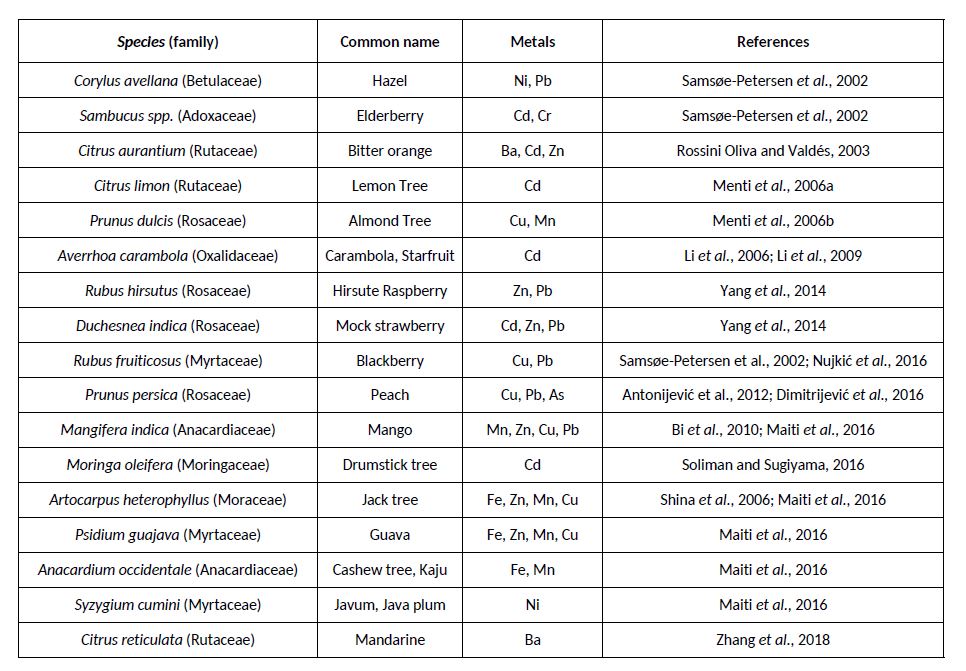CAN POLLUTANTS HARM FOOD PRODUCTION AT URBAN SITES?
After an unpreceded physical separation occurred since the Industrial revolution, at present there is growing understanding that depriving humans from their connections with nature reduces mental, physical and social well-being. Accordingly, urban edible landscaping is now booming worldwide but, although UE is adopting policies supporting food production within the boundaries of many cities, research and knowledge on design and management practices for urban food forestry is still limited and no common guidelines for fruit production in urban areas are available. In particular, the urban environment is a pollution hotspot, and knowledge about the uptake and translocation of pollutants to a plant edible part is needed to match food security to food safety of edible landscapes. Widespread heavy metal pollution in urban soils sets the need of understanding the species-specific patterns of metal translocation within the plant and to its edible parts. Most common strategies include: exclusion, passive accumulation and active accumulation, but mechanisms are known only for very a limited number of woody edible species. Particulate matter and atmospheric can be other appreciable, soil-independent, sources of pollution for food cultivated in urban sites. Airborne metals can directly enter into the fruit or be absorbed by leaf through stomata and then translocated. Existing knowledge and gaps about metal uptake through leaf and re-distribution within the plant are reviewed here. This knowledge may guide species and cultivar selection to produce healthy food in urban sites and might be a pre-requisite to drive planning and management of edible landscapes with a higher degree of ecological complexity than urban orchards, such as urban food forests.

REFERENCE
Gori, A., Ferrini, F., Fini, A., 2019. Growing healthy food under heavy metal pollution load: overview and major challenges of tree based edible landscapes. Urban Forestry and Urban Greening, 38: 403-406.
DOI: 10.1016/j.ufug.2019.02.009
